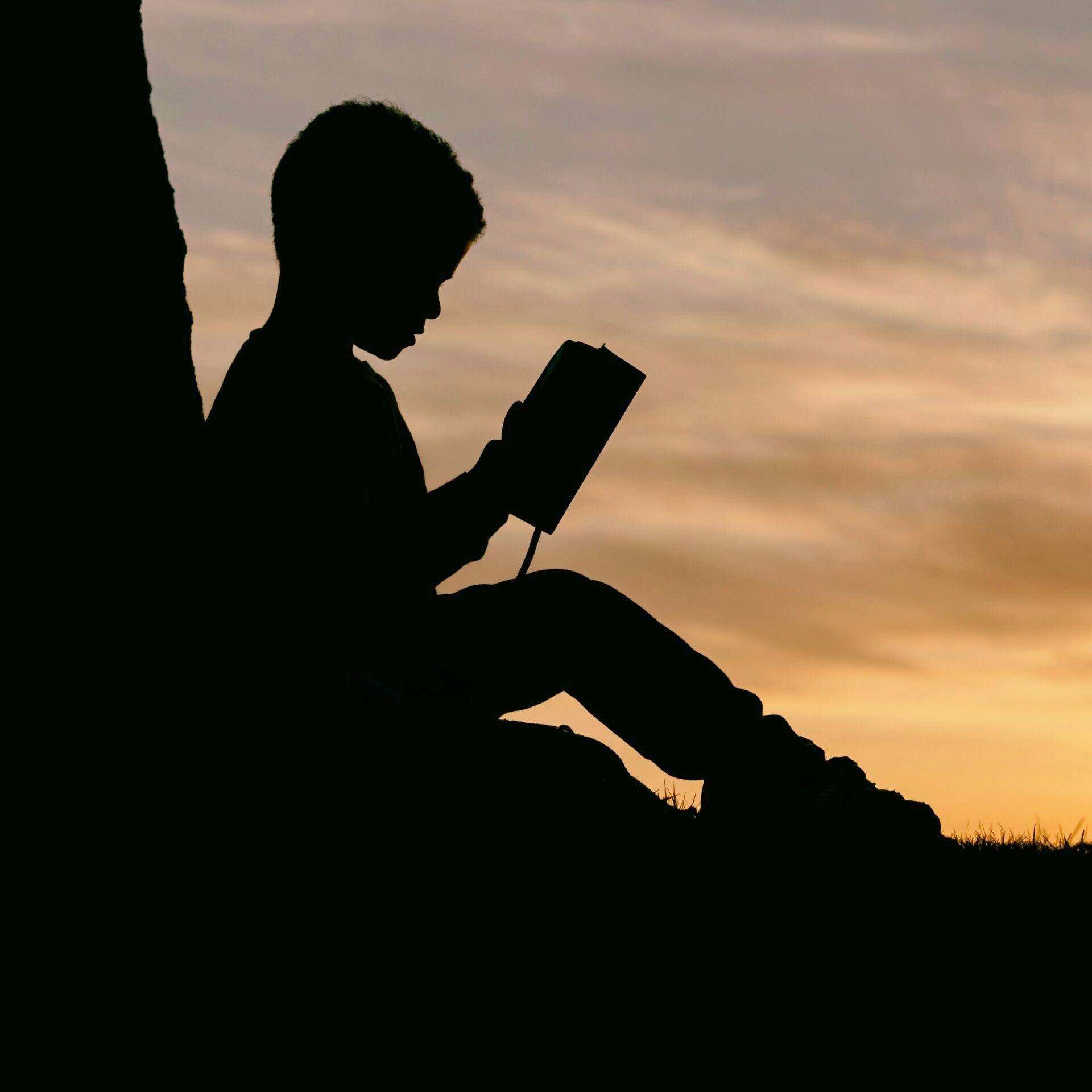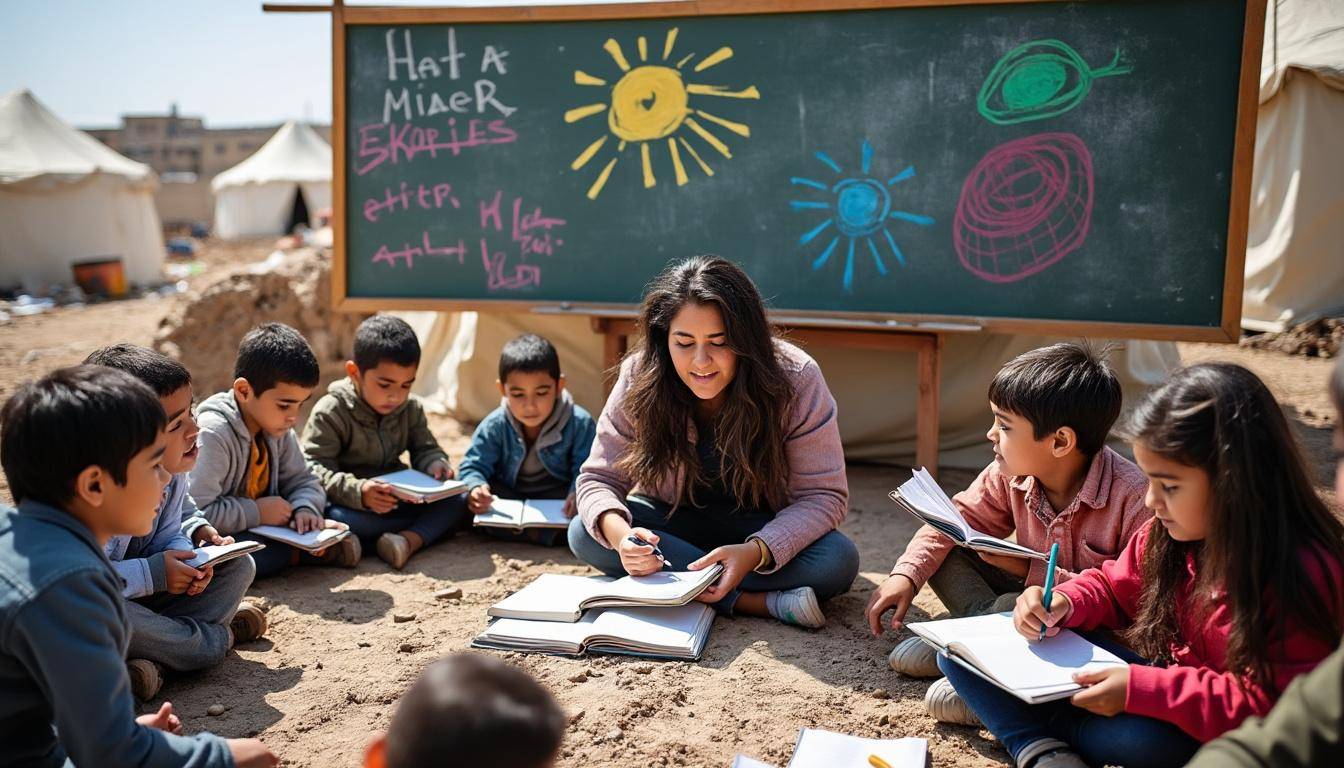Across the globe, education remains an irreplaceable beacon of hope for millions of children caught in the crossfire of conflict. Yet today, unprecedented challenges threaten their right to learn: of the 234 million school-age children affected by violence worldwide, a staggering 85 million are completely out of school. The United Nations and its global partners are at the forefront of an urgent mission to transform turmoil into teaching, ensuring that education continues even amid crisis. This article explores how innovative programs and collaborative efforts are not only preserving learning but also building resilience and hope for future generations.
The impact of conflict on education: global challenges and the UN’s response
Conflict devastates educational systems, robbing children of stability and opportunity. The loss extends beyond missed lessons; it threatens the future development of entire communities. UNICEF’s Helena Murseli highlights that these disruptions are part of a disturbing global pattern where access to education dramatically diminishes in crisis zones, causing long-term damage.
- 234 million school-age children globally affected by conflict
- 85 million children completely out of school due to conflict disruption
- Severe consequences for social and economic development
- Risk of creating a “lost generation,” deprived of education and prospects
Such challenges demand comprehensive strategies. The involvement of international actors like UNESCO, Global Partnership for Education, and Education Cannot Wait provides vital coordination and resource mobilization. Their efforts help governments and local partners to maintain learning environments and rebuild education infrastructure amid ongoing crises.
Education as life-saving and life-sustaining in emergencies
During violent crises, school closures uproot children from familiar routines, stripping families of crucial support systems. Education offers more than knowledge acquisition: it provides psychological structure and a sense of normalcy, essentials for children’s emotional resilience.
- Education offers safety and routine in chaotic environments
- It supports psychosocial well-being along with academic learning
- Holistic programs address nutrition, protection, and sanitation in schools
This holistic approach is championed by organizations such as Save the Children and the International Rescue Committee, which deliver multi-dimensional support to vulnerable children. For insights on advancing education for emotional well-being post-conflict, visit our piece on education and emotional impact in Ukraine.
Spotlight on critical conflict zones: Sudan, Gaza, and Ukraine education crises
Three prominent cases illustrate diverse challenges and adaptive solutions in conflict-affected education.
Sudan: Navigating the largest education emergency worldwide
Sudan faces the most extensive education crisis, with nearly 19 million children out of school as violent conflicts force 90% of schools to close. UNICEF’s innovative response includes:
- Establishment of 850+ Makanna centres, reopening education access for over 2.4 million children
- Provision of solar-powered tablets, leveraging abundant sunshine to enable digital learning
- Holistic services integrating water, sanitation, nutrition, and child protection
Supported by UNESCO’s $400 million Transitional Educational Plan, these initiatives aim to restore formal education and vocational training, crucial for Sudan’s recovery. For parents and educators, understanding how to foster learning in crisis contexts is vital; our foster children education drive resource offers practical guidance.
Gaza: Overcoming devastation with temporary learning spaces
Gaza’s educational infrastructure has been nearly obliterated, displacing over 660,000 children from schools. Once functioning UN-run schools now serve as shelters for displaced families. The UN has documented systematic destruction of schools, raising grave legal and humanitarian concerns.
- 68,000+ children reached through temporary learning spaces offering education and psychosocial support
- Creative reuse of materials—transforming pallets and boxes into school furniture
- Digital tools provided to nearly 300,000 Palestinian refugee children, supporting literacy and numeracy remotely
Collaboration with agencies such as World Education and the Norwegian Refugee Council ensures education continues despite infrastructure losses. Explore how to support special educational needs amid disruption at our dedicated resource.
Ukraine: Adaptive education amid war and displacement
In Ukraine, the ongoing war disrupts schooling for over 5 million children, with 115,000 completely out of school. The UN and partners have developed multifaceted strategies to maintain learning:
- Remote and hybrid learning models for close to 1.5 million children
- 150 learning centers established in frontline areas providing catch-up classes and psychological support
- Schools operating underground in metro stations and bomb shelters for safety
However, challenges such as energy shortages limit online access. The UN Human Rights Office has condemned attempts to militarize education and ban the Ukrainian language in occupied territories. Engage meaningfully with the emotional and educational challenges in Ukraine via our exploration at Ukraine education emotional impact.
Prioritizing education funding: essential investment for global stability and recovery
Despite being a top priority for families affected by conflict, education receives a mere 3% of humanitarian aid. Helena Murseli warns that humanitarian funding might decrease by up to 45%, risking severe reductions in education programs precisely when they are most needed. This underfunding jeopardizes long-term peace and development, underscoring education as a fundamental pillar for recovery.
- Education is critical for breaking cycles of poverty and violence
- Holistic education programs provide stability during crises
- Investment in education benefits entire communities and global stability
International coalitions including Room to Read, Street Child, and War Child vigorously advocate for increased funding and policy commitment. For insight into practical community-led support models and how early education investments can transform futures, consider our features on early education investment in NYC and NYC pre-K education initiative.
These multilayered efforts demonstrate the UN’s pivotal role in converting conflict-induced turmoil into teaching opportunities, nurturing hope amidst hardship. Continued collaborative action, supported by innovative methodologies and adequate funding, will be essential to safeguard the right to education for all children, even in the most challenging circumstances.


